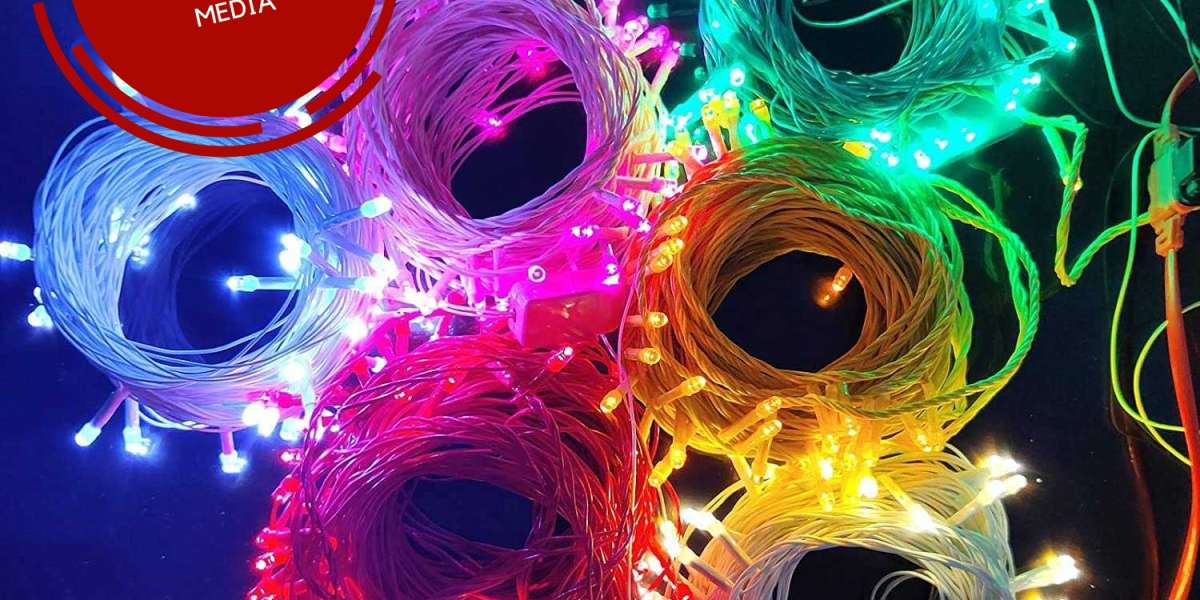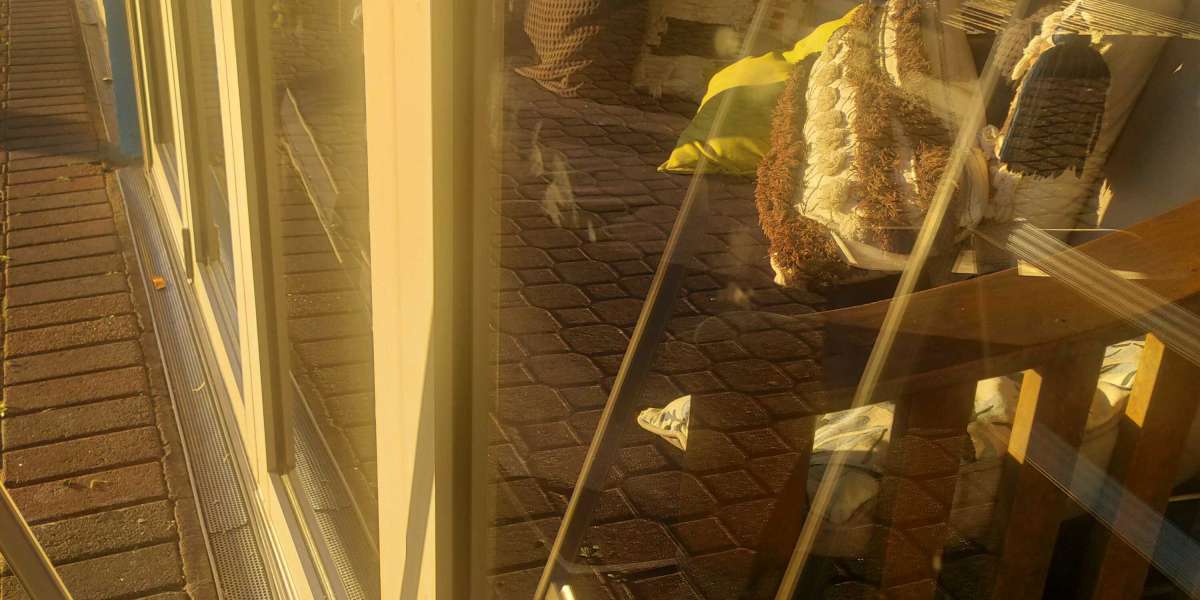See More The Bright Evolution: Exploring the World of LED Lights
The Real World vs Lab Conditions
LED manufacturers test their bulbs in controlled lab conditions that simulate perfect environments for the bulbs. However, the real world is far from perfect. Factors like temperature, humidity, and the quality of the power supply can significantly impact the lifespan of an LED bulb.
For instance, if you install an LED bulb in a poorly ventilated fixture, it may overheat and fail prematurely. Similarly, a low-quality power supply can cause voltage fluctuations that can damage the bulb. To ensure your LED bulbs last longer, make sure they are installed in well-ventilated fixtures and invest in a high-quality power supply.
Check Compatibility with Dimming Systems
While many LED bulbs are designed to be dimmable, not all dimming systems are compatible with LED bulbs. If you install an LED bulb on a dimming system that is not designed for LED bulbs, you may experience flickering, buzzing, or even damage to the bulb.
To avoid this issue, always check the packaging to ensure that the LED bulbs you purchase are compatible with your dimming system. Alternatively, consider upgrading your dimming system to one that is specifically designed for LED bulbs.
Protect Against Power Surges and High Voltage
Power surges and unusually high voltage can cause damage to LED bulbs. These occurrences can happen due to lightning strikes, power outages, or faulty wiring. If your LED bulbs are flickering or burning out prematurely, it may be due to power surges or high voltage.
To safeguard your LED bulbs, install surge protectors or voltage regulators. These devices can help protect your bulbs from damage caused by power surges or high voltage.
See More How To Splice LED Strip Lights
Ensure Good Connections
Poor connections between the bulb and the fixture can lead to problems with LED bulbs. Loose or corroded connections can result in flickering, buzzing, or bulb failure.
To prevent this issue, make sure the connections are clean and secure when installing LED bulbs. If you notice any signs of corrosion or damage, replace the connections before installing a new bulb.
Proper Ventilation to Prevent Overheating
LED bulbs generate heat, and inadequate ventilation can cause them to overheat and fail prematurely. Additionally, using the wrong type of bulb in a fixture not designed for LED bulbs can also lead to overheating.
To prevent overheating, ensure that your LED bulbs are installed in fixtures specifically designed for LED bulbs. Furthermore, make sure the fixtures are properly ventilated to allow heat to escape.
In Case of a Bad Batch
In rare cases, LED bulbs may fail prematurely due to manufacturing defects. If you find yourself with a batch of LED bulbs that are failing, it is important to contact the manufacturer or retailer for a replacement.
In conclusion, LED bulbs are designed to be long-lasting and energy-efficient. However, various factors can affect their lifespan. By taking simple steps like ensuring proper installation and ventilation, protecting against power surges, and checking compatibility with dimming systems, you can maximize the lifespan of your LED lights and continue to enjoy their energy-saving benefits for years to come.







